As a recognized design leader, innovator, and Thinker, Yahya leads by example. As President and Design Director of NORR Group Consultants International Limited, he sees design as a patient search, equal parts analytical and intuitive. A creative process that challenges us to combine our understanding of Life, Science, and Art.
"To Dream and To Do. I believe that Great Design, done right, can solve many of humanity's problems. For this to happen, our efforts must always be inclusive, inviting opinions in an open-minded search for possibilities. An exploration where owners, users, and designers fully participate in the process", refers to Yahya Jan.
Today, he leads a highly motivated team of designers and doers. He has in his team a diverse, multicultural gathering of incredibly creative women and men in Dubai, Abu Dhabi, and Manila. And the continued growth of all who work with him is a commitment Yahya takes seriously.
This desire to push the boundaries, the continuous excitement of exploring, writing or sketching that makes each day special comes from his childhood. His memories are of personal exploration made through sketching by pen or the cardboard models he built.
"And all of this requires a passion for Perfection - tempered by humility and the appreciation of Beauty in the Imperfect."
Yahya Jan
In the following interview with Helena Costa, CEO of Alma de Luce, Yahya Jan explores his inspirations and design ideas, as well as his thoughts on major issues shaping the future. In addition, he talks openly about what it means to practice and run a global architecture and engineering design group.

Helena: Please, talk to me about what determines your passion for architecture activity or design. Tell us about when you decided this was the path to follow.
Yahya Jan: I'm thinking about it. I've always been fascinated by design, even as a child growing up in Karachi, Pakistan. And I remember as a kid, I was always building things with my hands. My afternoons, after coming home from school, were often spent building wood and cardboard models. I have always loved the design.
Growing up, however, I was not sure I wanted to be an architect or an engineer, a scientist, or a mathematician. I knew I was excited about design. In my studies in high school in Karachi, I majored in physics and mathematics. In terms of my early childhood, then, I come from a scientific background. When I moved to the US at eighteen, I was still sure whether I wanted to be a scientist, mathematician, engineer, or architect. Actually, I was interested in all of these possibilities.
During my early undergraduate years at Princeton, other than physics and mathematics, I took engineering and architecture courses. As a result, upon graduating, my Bachelor's degree is in Civil Engineering (structures) and with a certificate from the Architecture and Engineering program. While my engineering studies included structural and environmental engineering, I signed up for all the design studios and architectural history and theory courses required for an Architecture major. I also took many courses in the humanities - literature, history, anthropology, and art. Through it all, I realized that my true passion was in architecture and design. Upon graduation, I joined and completed the Master of Architecture program, also at Princeton.
"A Bachelor of Science in Engineering and a Master of Architecture - this combination of science and art, of engineering and architecture, was my passion in my younger years and continues to be my passion today."
I am very lucky. In the design firm I manage and run, we are engineers and architects. Our work has a lot of engineering in it. I practice my profession as an architect. But I get a chance to work with brilliant engineers. And by and large, I can understand what they are doing because I come from an engineering background.
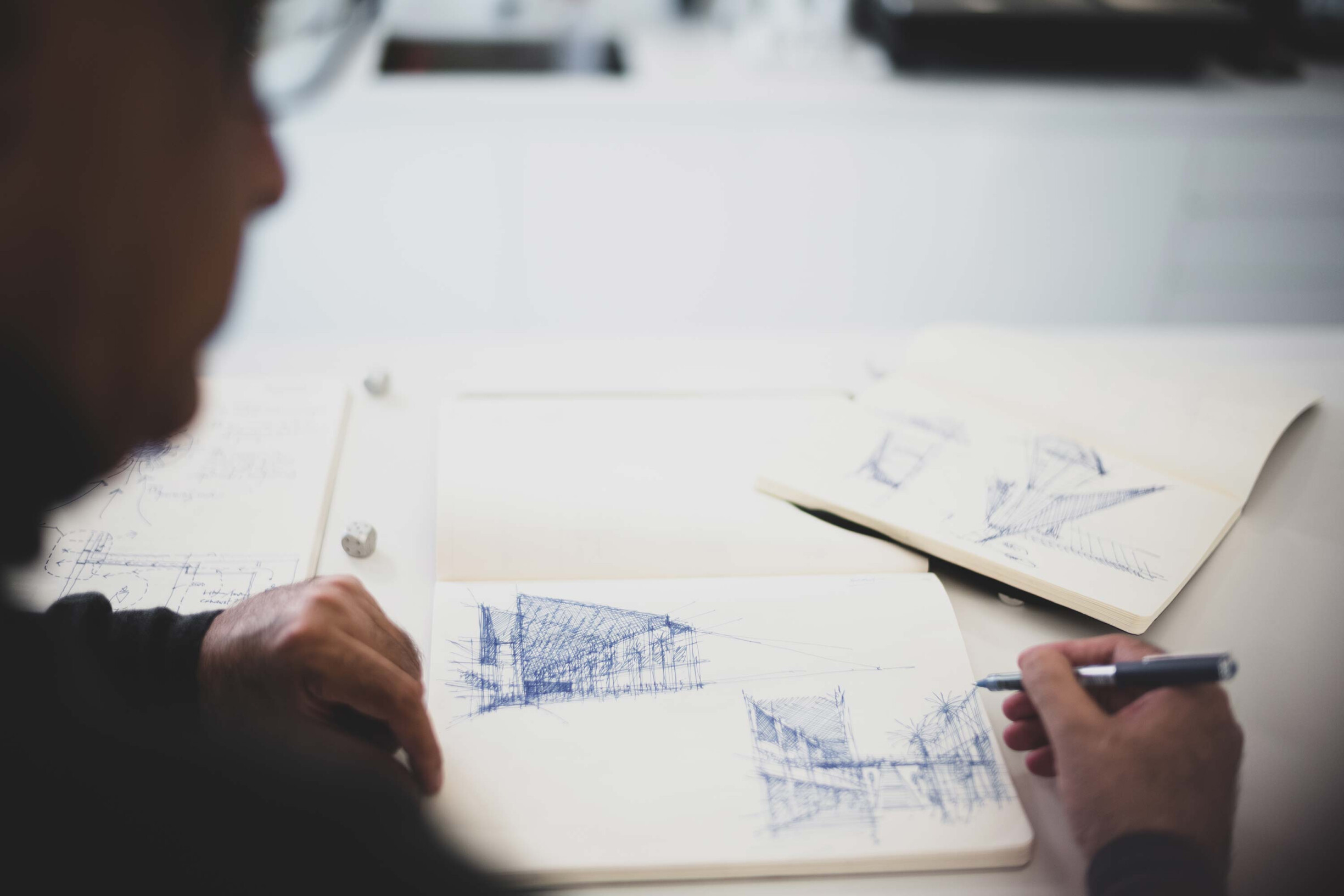
Helena: I understand what you mean. As the architect I am, I know architects can't work alone. We need to be part of a team with different perspectives and knowledge that allows us to find the best solutions.
Yahya Jan: If you think about the great builders of the past, there was no separation between architecture and engineering. For example, the great Gothic cathedrals of Europe or the Sagrada Familia by Antonio Gaudi in Barcelona. If you see construction in the past, there was no distinction between architecture and engineering in the past. Today, too, I see it all as one. And it's not only how the building looks. It's also how it works. How well does it work? And if we think of great products, like, let's say, an Apple iPhone, it looks great, but it also works.
In many ways, the challenges designers face in engineering devices are no different from those in building engineering and architectural design. Just as electronic devices, vehicles, and other machines have to work, so too do our buildings and cities have to work for the people who inhabit them. They have to be well designed for their function and be efficient, with increasingly complex structural and mechanical systems fully integrated into the design.

"So for me, my life passion is combining science and art. And I think there are a lot of possibilities there. I believe that invention often happens in the space that is the intersection of disciplines."
While going deep within a discipline can yield fascinating results, for me, the excitement of design is in effectively combining a singular focus with a broader, more inclusive view of possibilities. For that to work, you must be open to new ideas from unexpected places. And you have to see things collectively rather than in isolation. In our design work, our engineers and architects work together from a blank sheet of paper. So, we are always thinking about how well it all fits together. That is my passion.
Helena: yes, it makes perfect sense to work in multidisciplinary teams. The results will be transversal and resolved on various fronts. Many minds think better than one.
Yahya Jan: Yes... As you know, one of the key ideas that drives me is the coming together of architecture and engineering, science and art. However, that in itself is not enough. The work we produce is for people. Enriching how people experience and inhabit our buildings is a key motivation. And for us, bringing landscape and nature into our buildings is an essential part of our philosophy. We integrate landscape and shared communal spaces in low-rise buildings, and we also do so in high-rise buildings.
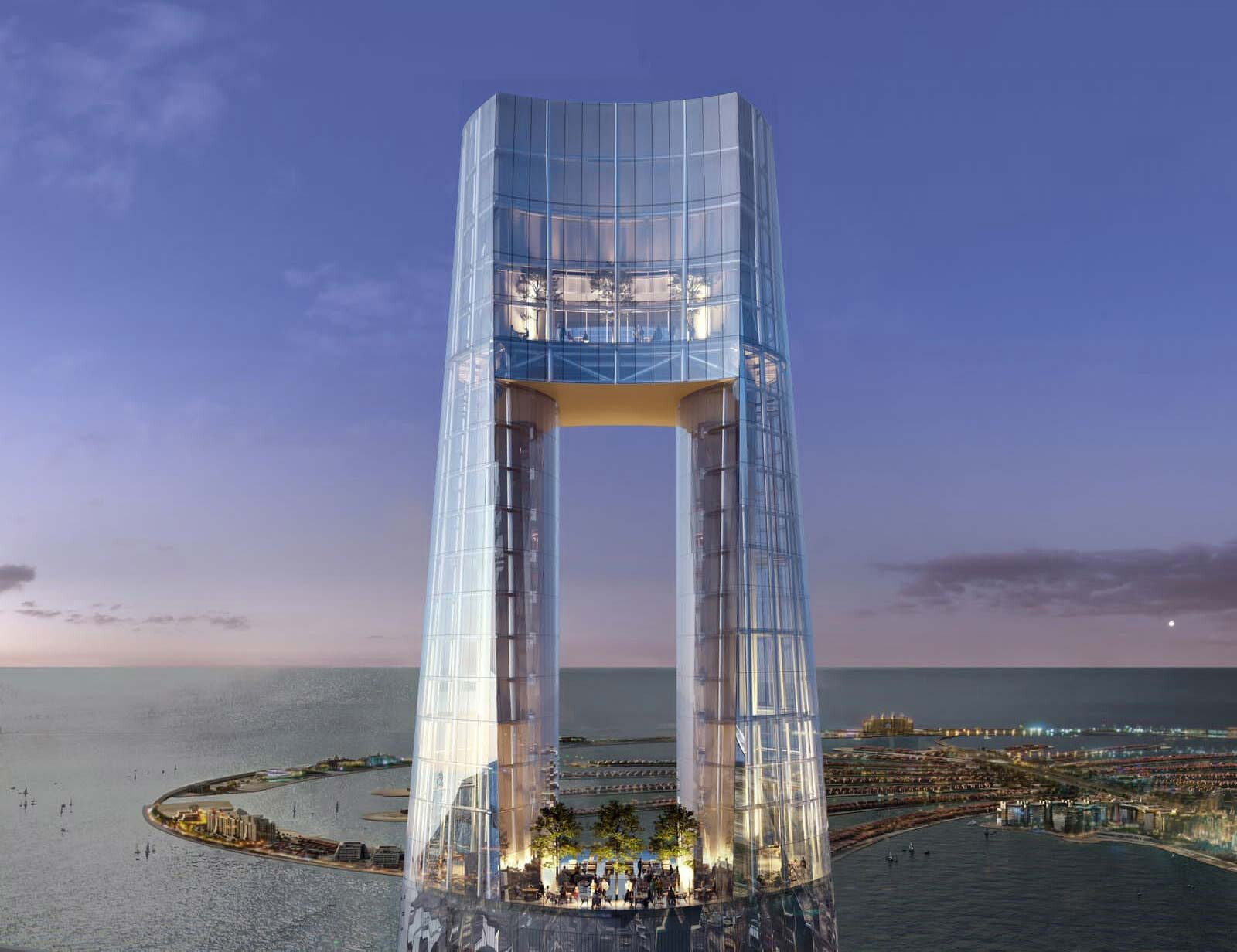
Many of our high-rise buildings have terraces and gardens throughout the height of the towers. And wherever possible, we bring fresh external air into our buildings to refresh the internal environment for health and safety. More and more, our buildings are designed to allow fresh air in. While doing so in hot and humid climates is challenging, we can capitalize on the year's cooler months and extend this concept into the "shoulder months" by combining external air with spot cooling for user comfort.
The internal environmental health and well-being of buildings are now recognized as significant design issues. And we are spending a lot of energy looking at the technology to make buildings healthier and better for their inhabitants. And that is very exciting. Over time, you will see that most of our work will address this issue. And you will see a continued commitment to creating shared communal spaces within our projects.
This is true for horizontal buildings and equally important in vertical living. Regardless of use, for instance, a hotel or residential project, we study how best to introduce shared lounges and terraces with landscaping and trees. Ultimately, our belief in society, in the benefits of an integrated social community drives us to propose spaces for people to meet and interact.
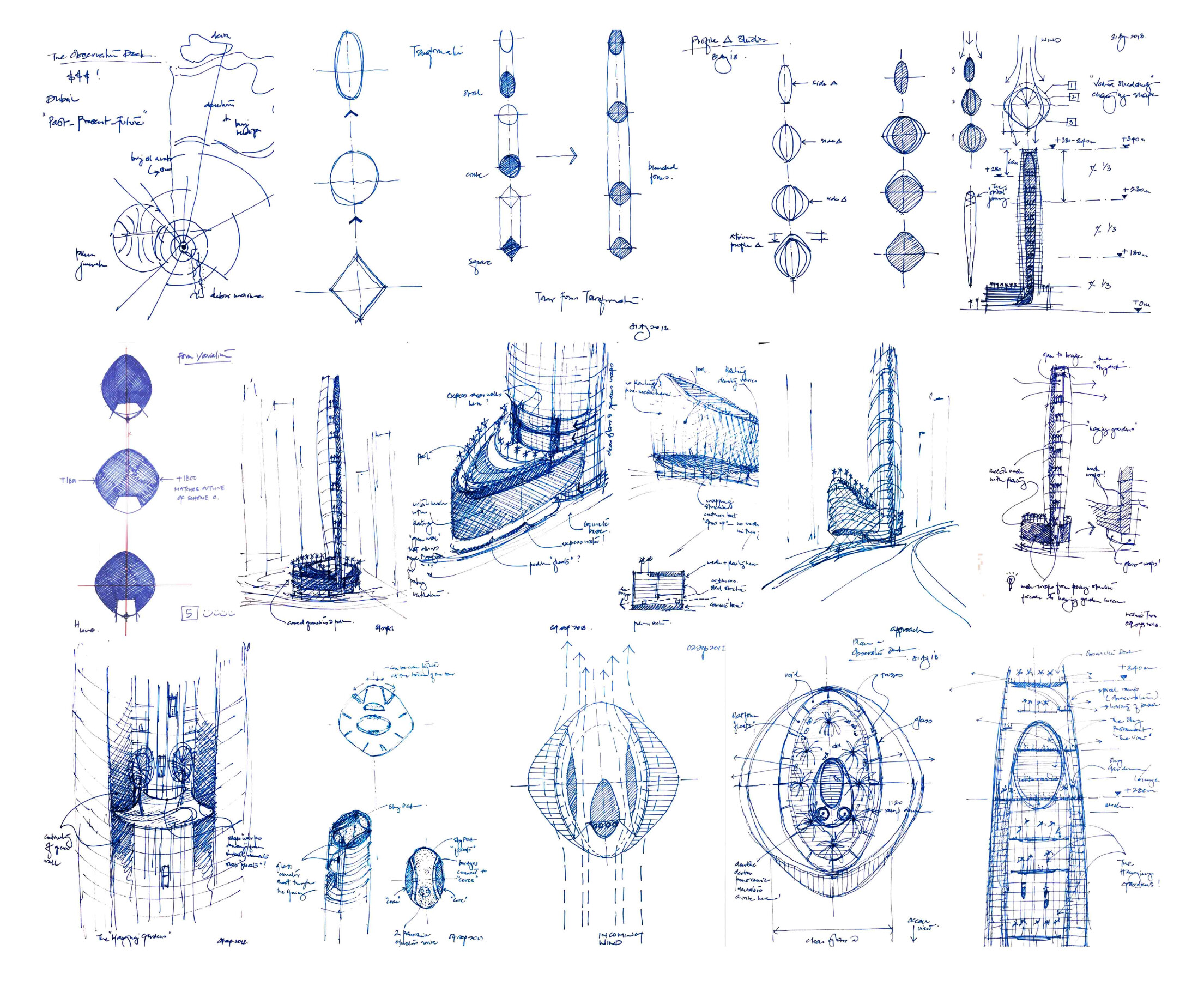
Helena: Architecture can change communities and bring a new way of life.
Yahya Jan: I think creating a sense of community is imperative, especially now. We all recognize that we live in a digital age. And we are still in the early stages of a digital transformation, one where people are often self-isolated and do not see the need to interact physically with others. Today, when you see a group of friends at a cafe, everyone is looking at their 'phones. We need to recognize the danger of this.
I believe we need to find ways for people to interact and socialize not only digitally but so in the physical world. I think that's important. And architectural design and urban design have a huge responsibility to influence how our buildings and cities look and work to facilitate this physical interaction. I believe we can do a lot.
I think we can learn from our mistakes of the past and do better. And we need to use technology to do that. I think it's vital that our designs are responsible towards environmental issues. So designing for long-term energy efficiency is essential. If buildings are more energy efficient, they will use fewer resources. So for us, that's very important. We spend a lot of time modelling and testing our designs for energy consumption. We use environmental modelling tools to really squeeze out as much efficiency as we can.
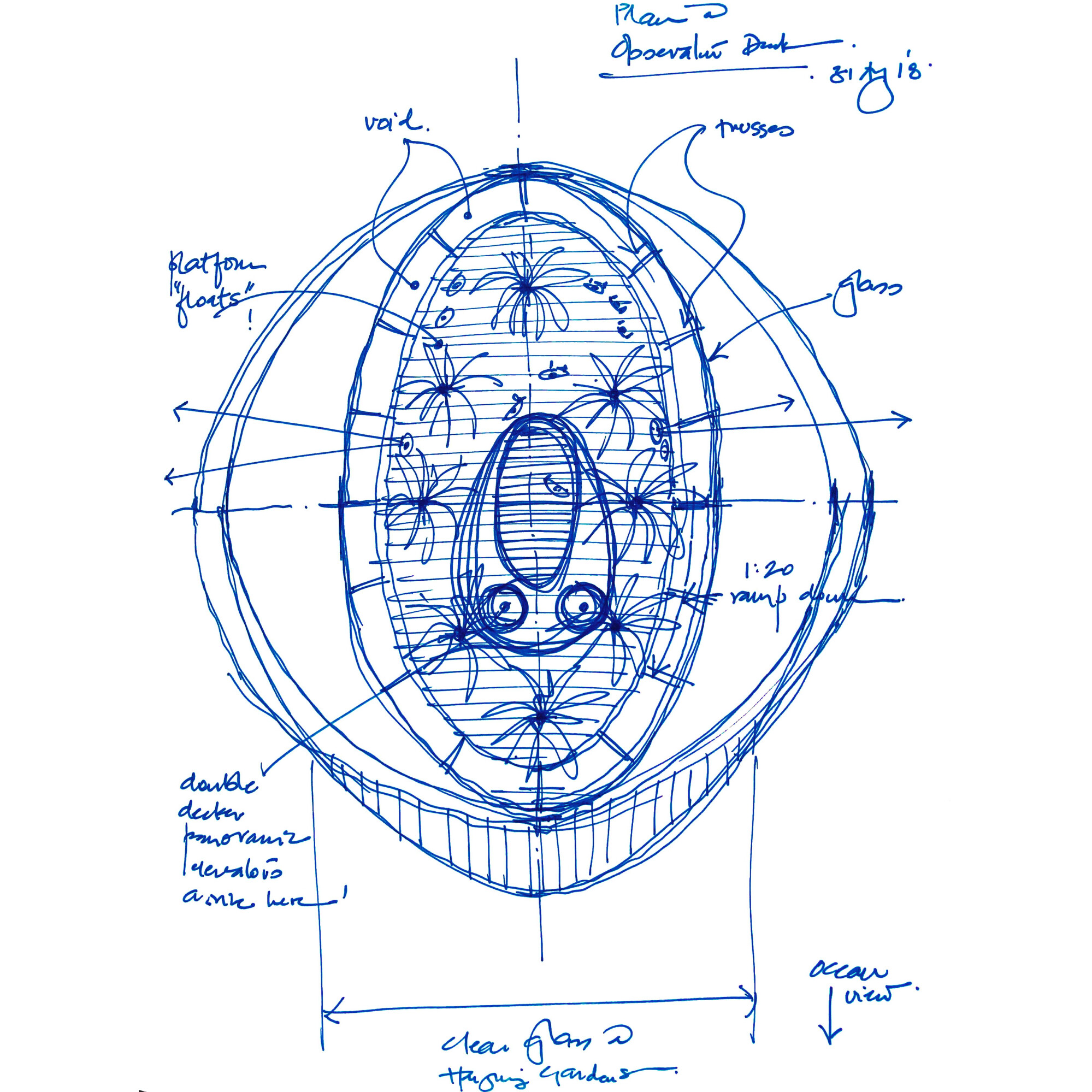
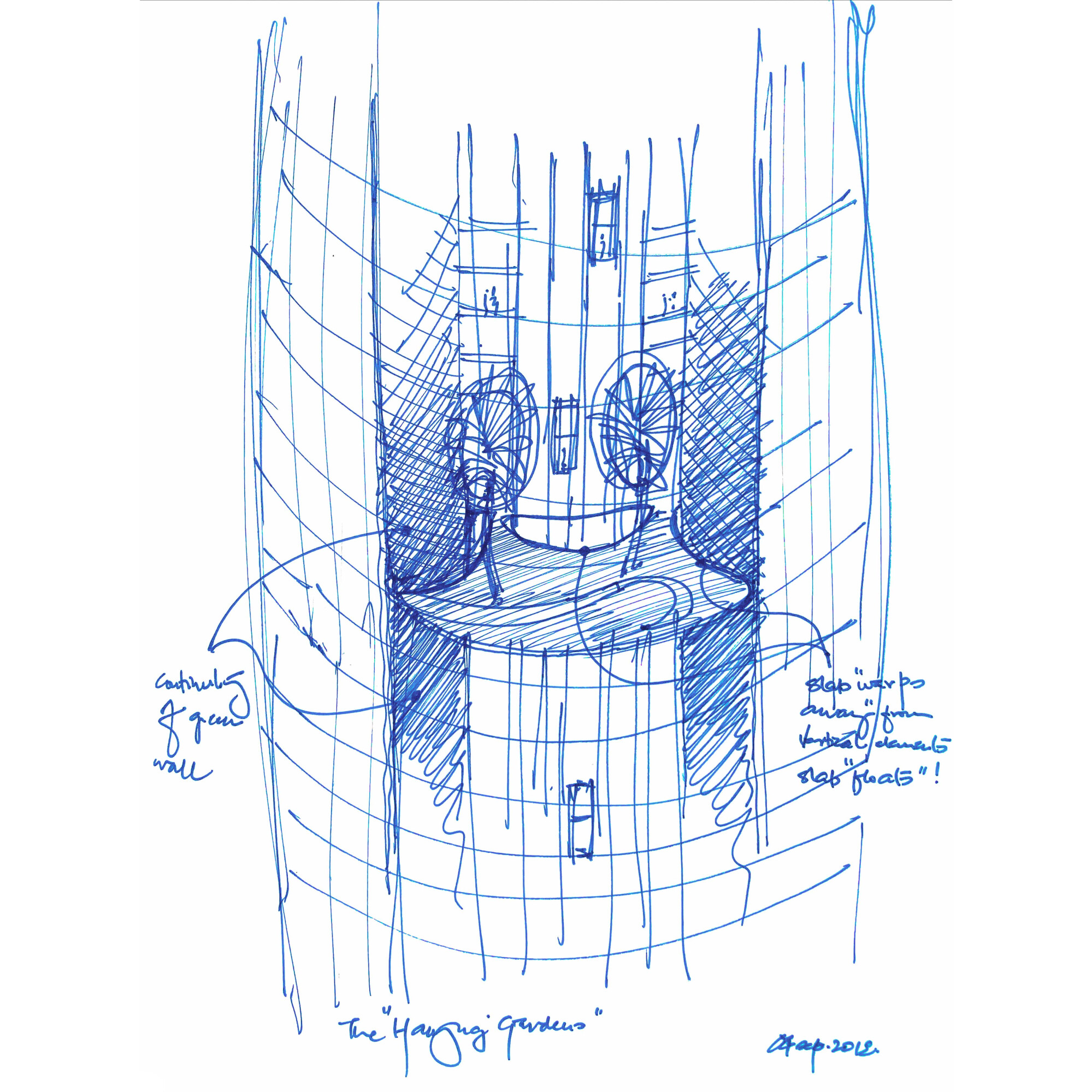
Helena: Yes, like vernacular architecture. People only learn from nature and build buildings by understanding how nature works. And we need to learn through nature to know how we can improve better buildings. Yes, I see myself in your words.
Yahya Jan: We should always learn from the past. In the design of cities and buildings, vernacular architecture is a source of inspiration. To fully appreciate the vernacular, however, we must recognize the context within which it existed. And in defining context, I believe social, technological, and other factors are key. Today, we live in rapidly changing times. Our solutions need to be for our future needs. While we should learn from the past, we should look to the future.
"I think we should be careful not to fall into the trap of simply copying vernacular architecture from the past. This was an appropriate and successful solution utilizing the prevailing technology of that time."

Our solutions for our cities should not simply imitate the vernacular of the past. Ultimately, our most successful solutions will create a new vernacular, one that will in the distant future, be considered appropriate for our time.
Helena: We live in sophisticated moments of technological innovations, so the architecture must reflect that without compromising the ecosystems we live in today. Understand and bring this knowledge, this mindset and use it in this time.
Yahya Jan: Of course. We now need to look at our immediate future, look at our societal and environmental needs, and find ways to address these issues with the technology we have at our fingertips now. Greater respect for the environment has now become a huge issue for humanity. And we need to learn from our mistakes. I believe we have made many mistakes in the last 200 years, from the beginning of the Industrial Revolution to the present.
So what have we learnt? How can we design in a more empathetic, more sensitive way? I believe we have to be more thoughtful about how we design and build our future cities. And I believe we can do it. We have many opportunities to innovate and reset the direction of future urbanization.
The fact is that our cities are growing. People continue to migrate from villages and towns to large urban centers in search of a better life. Our challenge is to find solutions for urban settlement that address the needs of humanity while preserving our environment, including other life forms, for future generations. There are now more than nine billion people in the world. This challenge did not exist three or four hundred years ago. It is a challenge of our time.

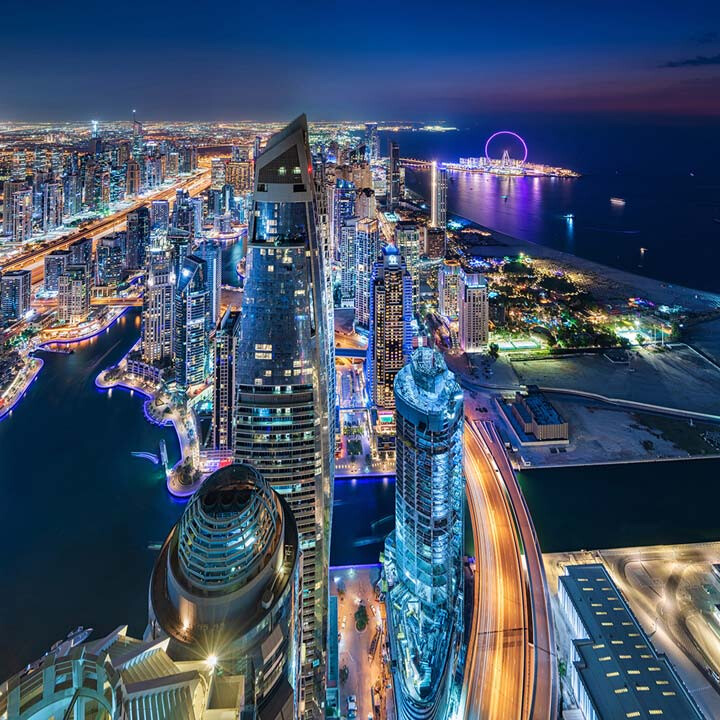
Helena: And now, what are you working in?
Yahya Jan: Dubai Studio is about a hundred people. And we are architects and engineers here. And we are constantly working on some exciting projects. Many are high-rise towers throughout the Middle East and even in Asia. But we also work on low-rise projects, residential, hotel, and office buildings.
"We have an inspiring project that we're working on called Ciel. This building is going to be the tallest hotel in the world. It's eighty-two stores."
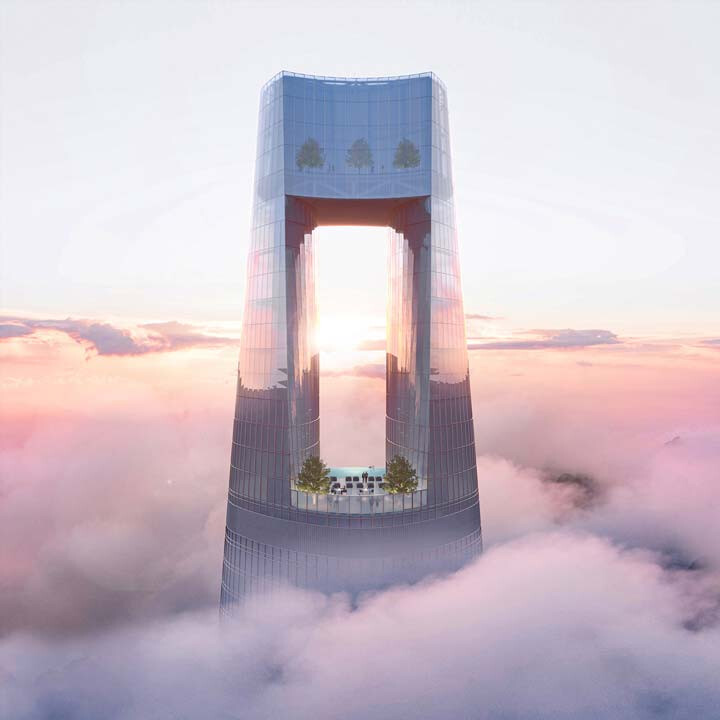
This project is under construction now. It's a very exciting project. You can see that we approach it very conceptual in everything we do. We do a lot of sketching by hand. And then, the hand sketches become architecture and engineering.
The top of the tower, It's at the very top. But even the hotel lobby is full of trees. The lobby is a Secret Garden.
Helena: This design process is fascinating. It's more sensitive, straight from the mind to the paper, as an extension of the heart. That's great... gave me a better understanding of your way of working, and your approach to architecture.
Yahya Jan: This is our thinking and our philosophy, how we work, and our approach to design. A lot of it is discussion and debate. And we try many solutions. We build hundreds of models and sometimes throw them away when we don't like them. We have to do it again and again. And for that, you have to have a passion. You have to love your work.
I've always wanted to have a design studio, and I've always wanted to do exciting work and creative work. And our work is thoughtful. We don't do things to grab attention in the media. For me, the work has to be real, it has to have meaning, and we have to feel good about it. And we want our clients to see that. If a client is expecting something, I want to do more than that.
I want to find a solution that's even better than they imagined. And I believe the way to do it is through this kind of work, where we build models and our engineers and architects work closely together.
We have all these prototypes. Yes, we have 3D printers to print models. And then we have amazing people who build models by hand. We also produce our own videos and renderings. So we can better visualize our design ideas. We believe in the hand, sketching by hand and building with your hands.
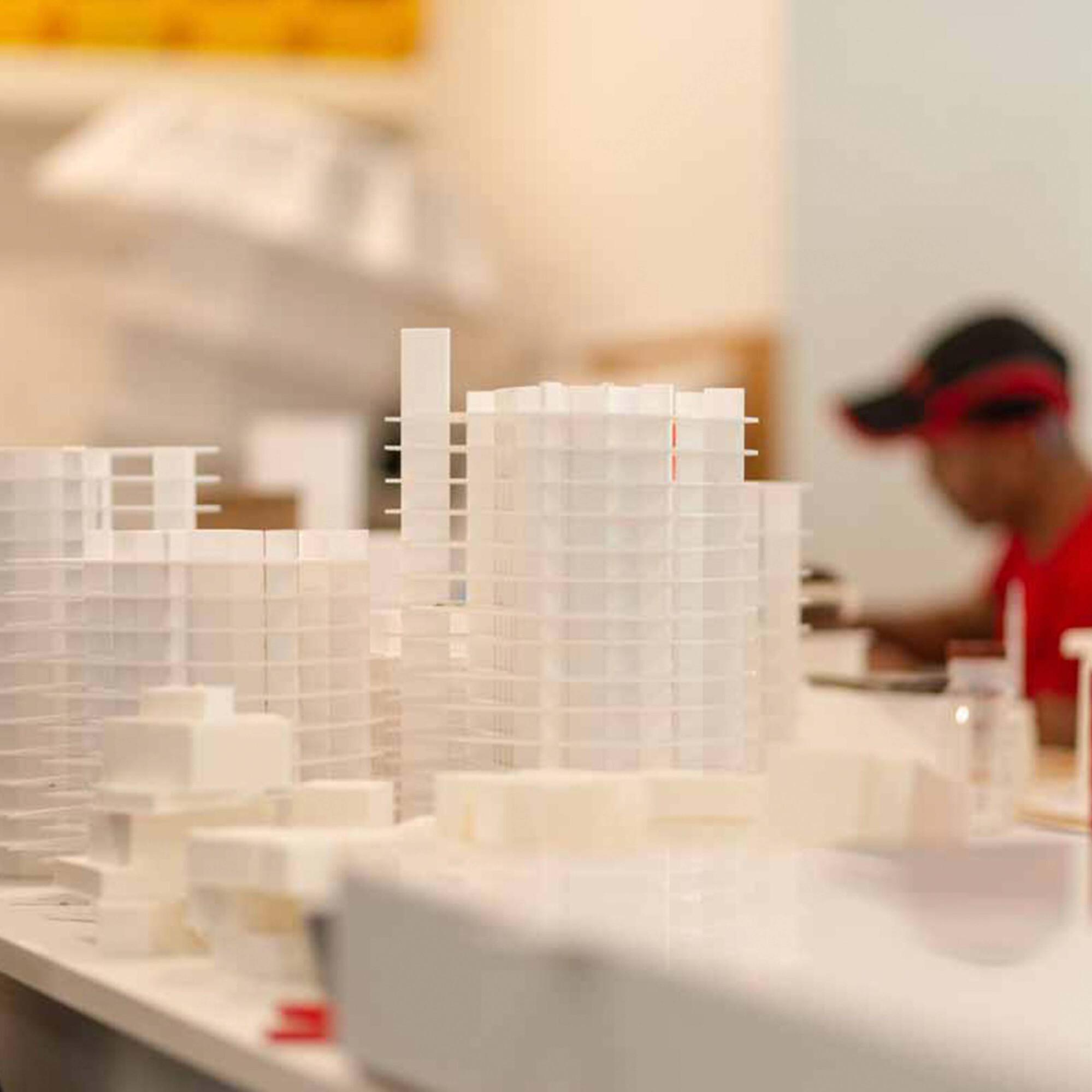
We have an international office. We have some fantastic women and men from around the world, from 20 countries.
Helena: Your studio looks excellent. A spectacular space to work and create stunning architecture and Design!
Yahya Jan: It's a fantastic studio. People working in it are creative people. I'm really proud of our people and our studio. We believe we can do exciting work if the studio is exciting, and you can see we build hundreds of models. Everything in our studio is open. Very relaxed.
We have a library, but also, on the walls, you will see hundreds of drawings pinned up on the walls. And I'm always sketching and drawing. This is what we do around here: we believe in hand sketching. We are working on a fascinating project at this time - a low-rise waterfront project. And we build a lot of models. We have a 3D printing lab within our studio. So we are constantly making models and printing most of the things we do. We also make clay models by hand. We have some of these primitive models... We build all of our models ourselves from scratch.
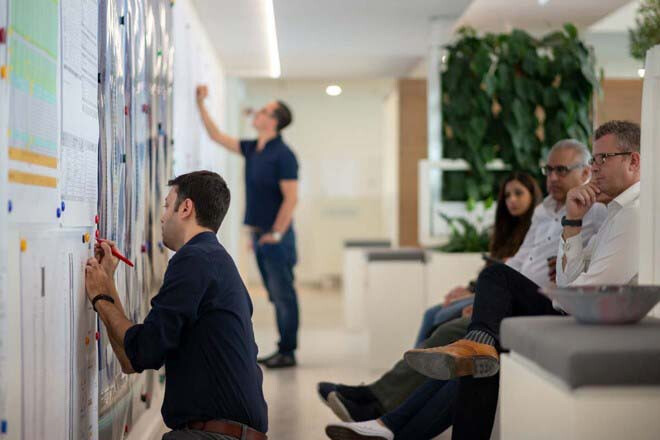
On all of our walls, you can write on them. We've designed the studio almost like a university. Our design goes through a lot of reviews. We believe this is an excellent way of working. Breaking down barriers, communicating and solving problems together.
We have meeting pods sized for 4 people with standing space only, no chairs. The idea is to meet standing, solve issues, and move on. But we have an area where we can sit and have design reviews. So we do pin-ups with a lot of sketching we put on the walls. So for us, design is like that. It's a process. Lots of intelligent people work together.
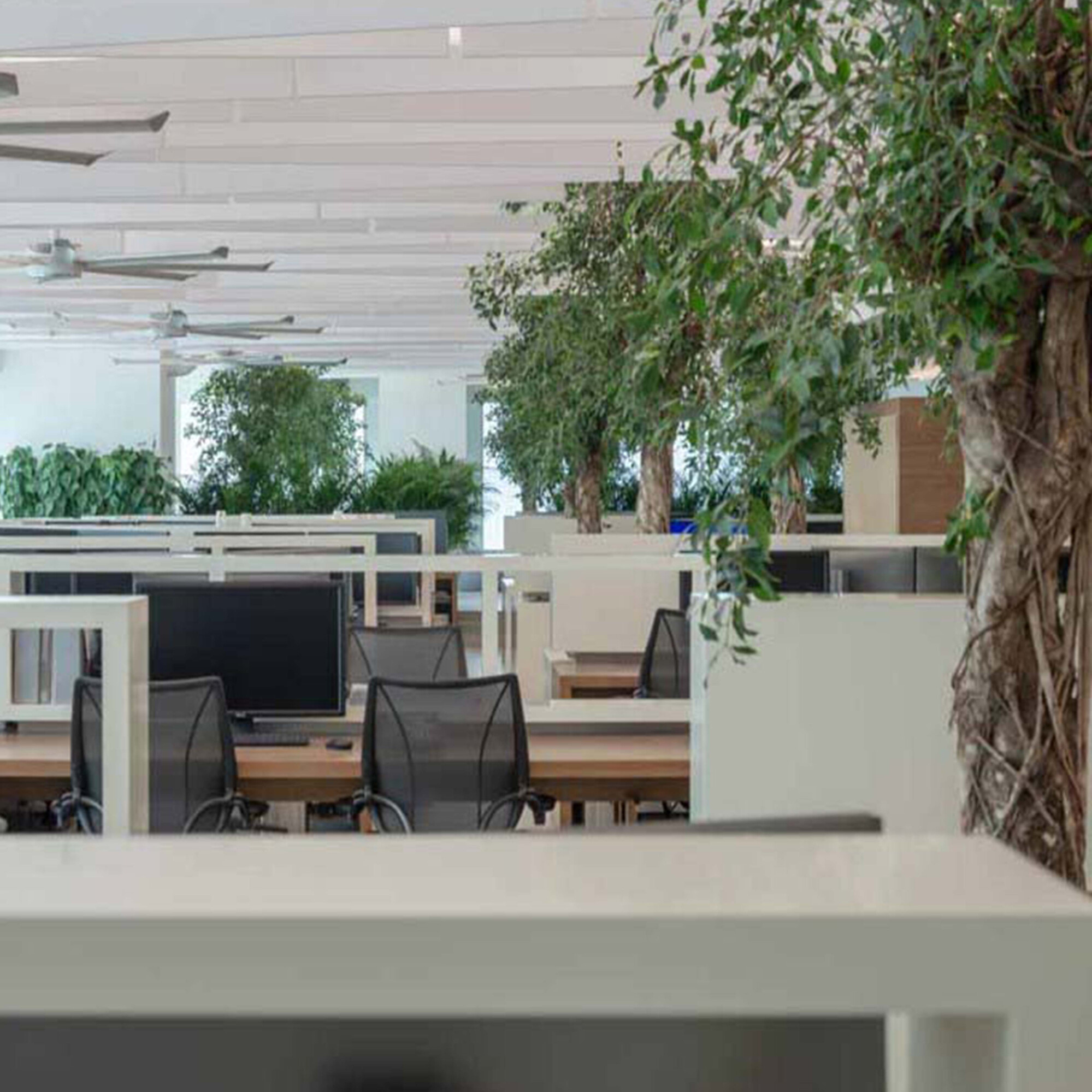

Helena: Well, what advice can you give young architects and designers here? What advice do you think for the future?
Yahya Jan: I think the world is changing very fast now. My advice to young people, not only in design but for young people in general, is to be open-minded and be ready. Because jobs are changing, technology is changing. I think the skills most vital for the future are your ability to communicate, talk to people, understand people's needs and find solutions. And for all that, you must be very human, which is very important. You should be very good at your profession, obviously. You should be a great designer.
But that's not enough. You have to understand everything. I think you have to be a psychologist. Today in work, if you don't know how to deal with people from many countries and cultures effectively, you will struggle to achieve your goals.
"We call that skill empathy. The ability to see something from the other person's perspective. And if you can do that, people will always want to work with you."
And then you get a chance to be more creative. You can be more inventive because the people you work with trust you. And as they begin to trust you, they will let you do more. But if they don't understand you and you don't understand them, you will not be able to do amazing things because all things come out of that relationship.
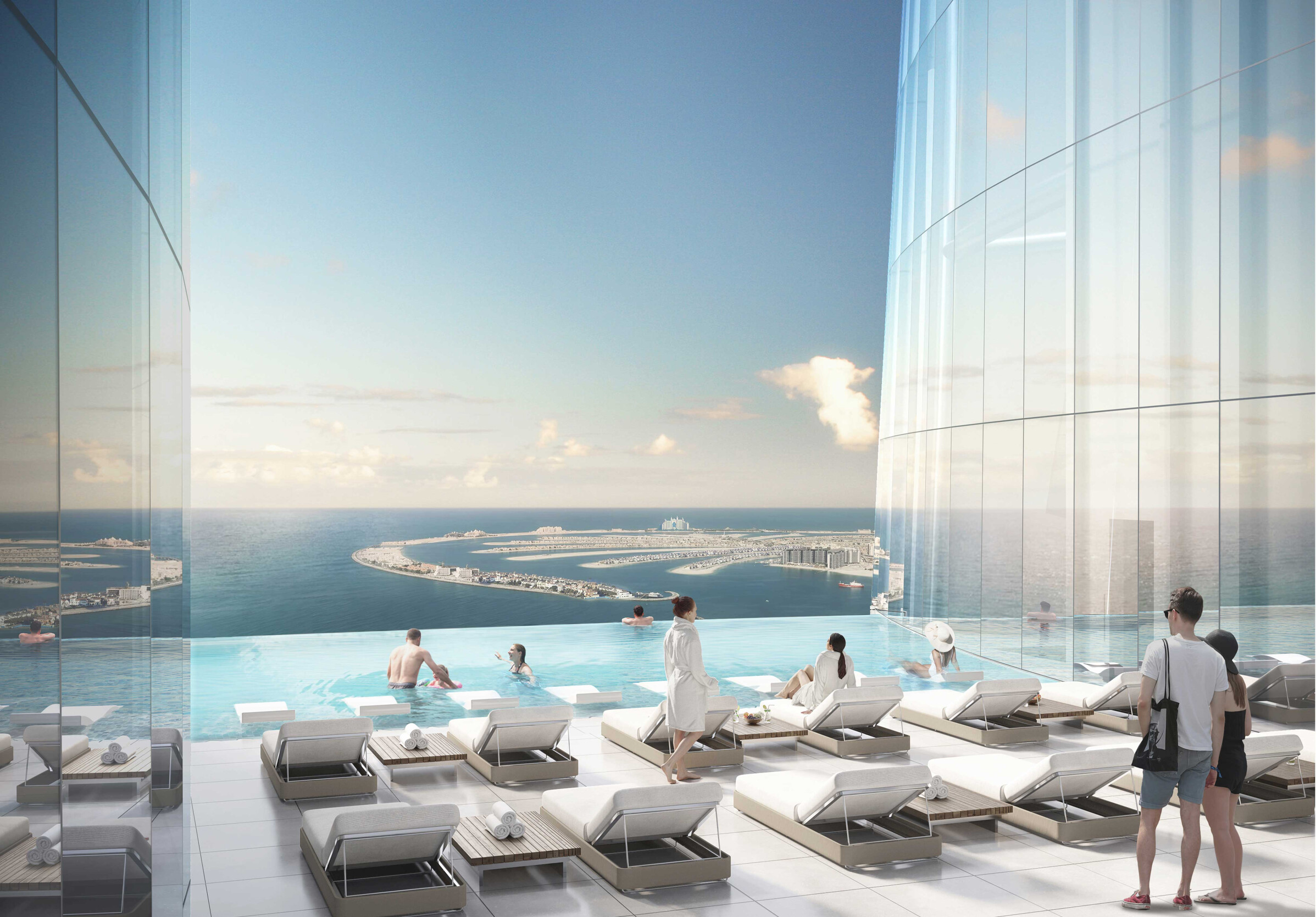
Another challenge in our work is how best to work with external specialists. As you know, our profession has become very complex. Our buildings are so complicated that you need a hundred different specialists to work with you to integrate all aspects of the design entirely. To succeed, you should know how to work with them, you should know how to manage them. That is very important.
I believe the human side of working with people is essential. It's even more important than technology, learning technology. Of course, you have to understand the technology, and you're always learning. But your relationship with people and how you work with them, I think it is going to be super critical in the future.